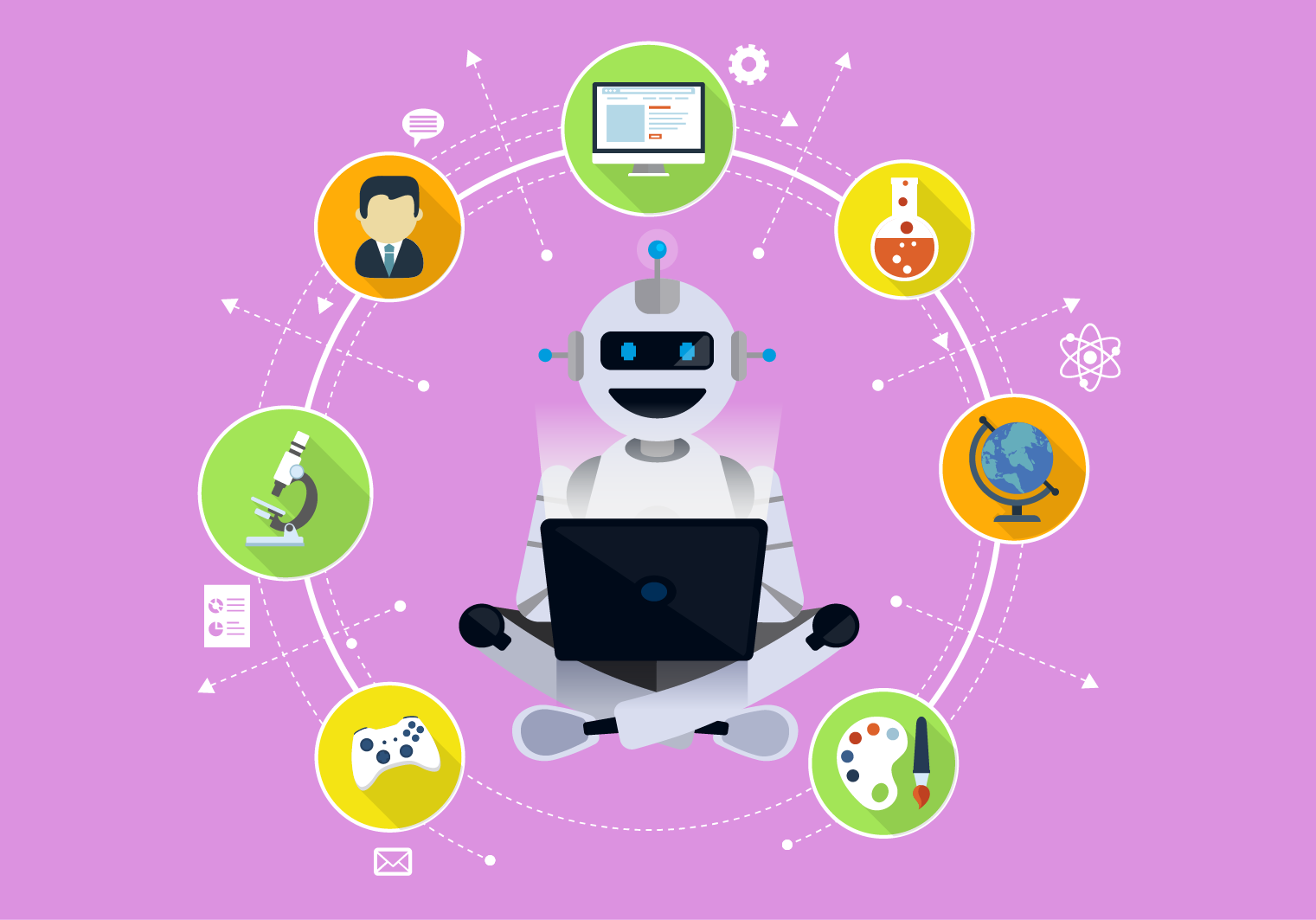ChatGPT – Its Impact on New-Age Learning

In recent times, content is developed using videos, images, short animations, audio clips and voice messages aided by the latest Artificial Intelligence (AI) tools and techniques. In this scenario, the launch of Chat GPT, an AI-based text content developer, has triggered revolutionary changes in how content can be further researched upon, created and managed in the least possible time.
Read on to know more about ChatGPT, the brainchild of OpenAI, and its rising impact on new-age teaching and learning.
What is ChatGPT?
ChatGPT enables accurate and meaningful content via chats between machines and users. GPT or “generative pre-trained transformer” is capable of generating text that is similar to that used by humans in different applications. With ChatGPT, learning and teaching languages has become a breeze. Nowadays, users can:
- Make inferences with user emotions and feelings in line with the provided text. AI-generated chats can show feelings of sadness, frustration, excitement, etc. in an explicit manner that’s easy to detect.
- Understand the context of human-like AI-enabled text that forms the crux of several applications to enhance their learning and teaching skills.
Overall, the use of the current model of ChatGPT, GPT-3, has impacted language translation, chatbots, the generation of dialogues and text summaries in a big way.
Application of ChatGPT in Learning and Teaching
-
Content development
Essays, summaries and reviews can be easily developed with the help of ChatGPT. It is a valuable tool in the hand of students and learners who can now use virtual assistants for generating accurate content for their assignments. With just a simple topic or keyword, VAs are able to churn out the best content, without the direct use of search engine results. Given this, ChatGPT may become the biggest gamechanger for learners and how they develop content.
-
Online and virtual teaching
With ChatGPT, students can get answers and instructions in real time from virtual tutors. Chatbot-enabled responsive content can provide single-user, dedicated, customized text-prompt experiences without any lags. In addition, real-time conversations, precise feedback and quick responses can add volumes to the virtual teaching and learning experiences of users.
-
Learning new languages
Chat GPT translation tools provide the correct definition of words and checks for vocabulary, grammar and coherence. They are helpful in sentence construction and provide a full range of practice exercises to aid quick learning.
Other Benefits of ChatGPT
Be it through text or conversations with students, ChatGPT ably assists teaching and learning processes. The many benefits of ChatGPT in the education domain include:
- Round-the-clock access to guidance and tutoring support.
- ML algorithms that analyze learning history to offer personalized recommendations,in line with individual needs.
- Accurate and quick information and answers on topics, subjects and concepts.
- Improvised time management with better study skills.
- Enhanced learning engagements, goal-setting and motivation.
Bottom Line
The challenges of independent thinking, plagiarism, infringement and copyright, unethical use of mishandled and misused data, and original content generation can come in the way of users. Once handled, learning environments can definitely benefit with AI chatbots. In a nutshell, the use of this versatile and powerful language model (ChatGPT) is all set to change how users can interact and learn with machines.
